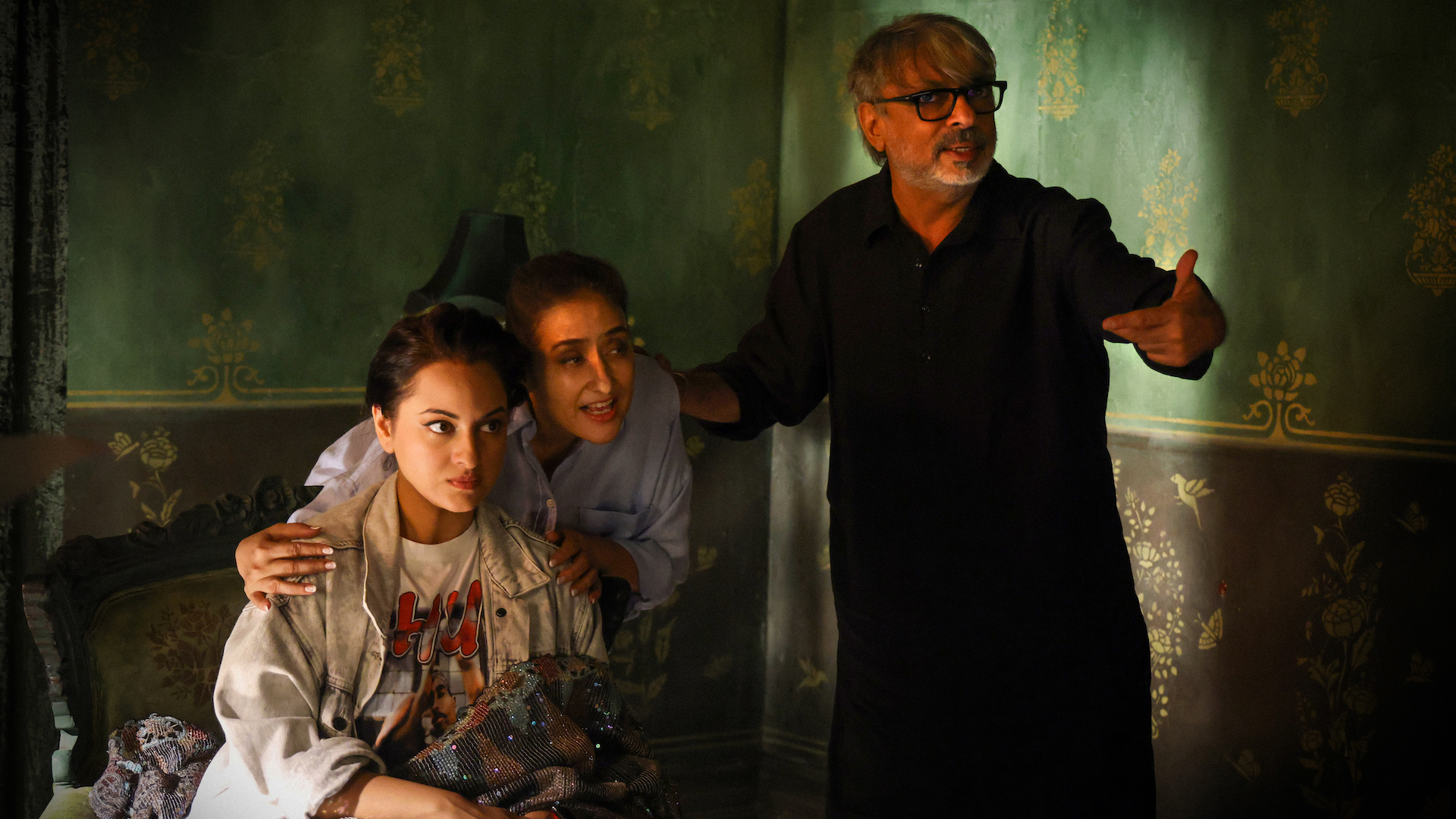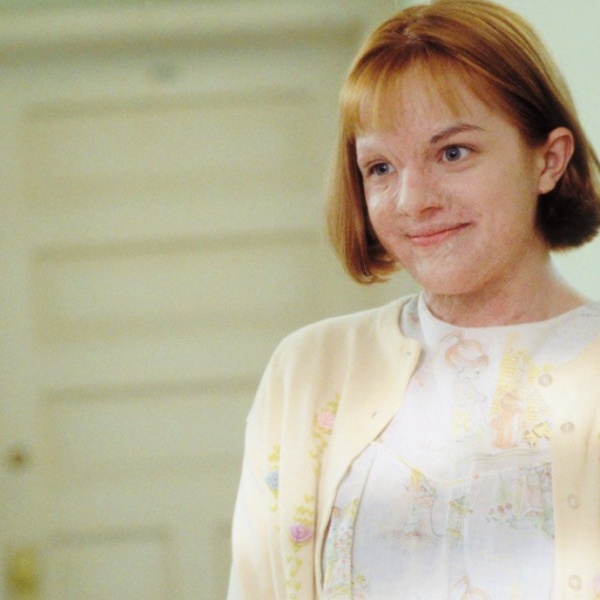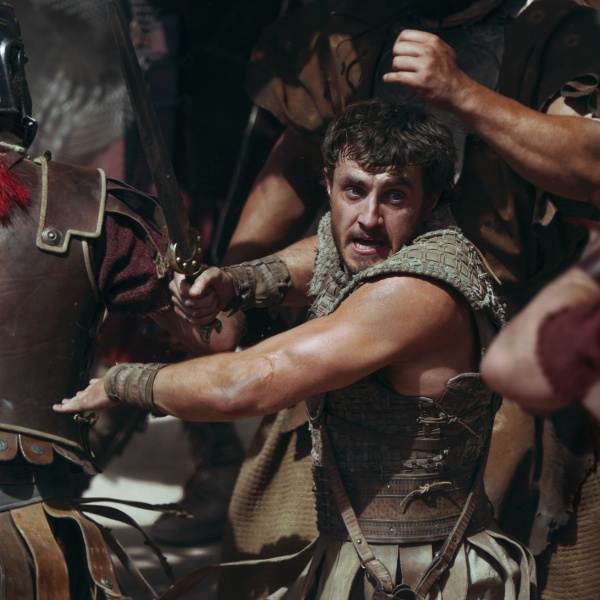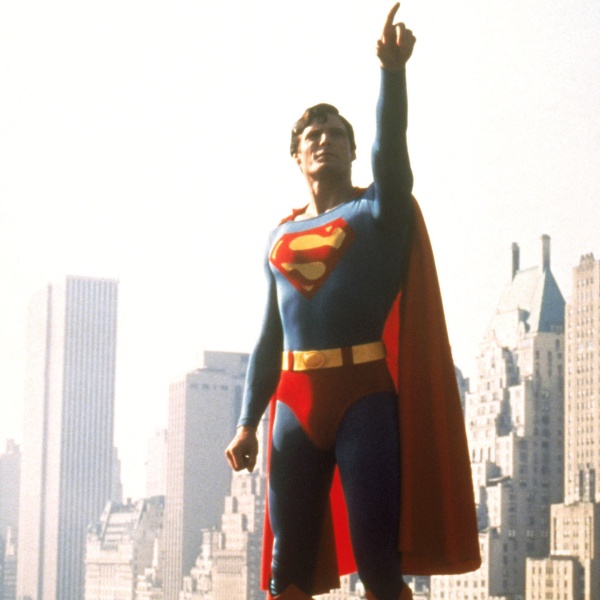As with any time I try to explain a massive figure in Indian film to the uninitiated, the temptation rises quickly to compare director Sanjay Leela Bhansali to someone in Hollywood.
And, as with any time I actually make these comparisons, everything falls short. Bhansali depicts spectacle evocative of the work of Baz Luhrmann, but even that is a pale imitation (no disrespect to either). There is no one literally anywhere in the world creating cinema with the scale and grandeur that Bhansali has cultivated as his signature, a style so distinct that his own peers pay homage to it while he’s still alive and working (in the past year alone, there were explicit SLB tributes in “Rocky Aur Rani Kii Prem Kahaani” and “Polite Society”).
But at the top of IndieWire’s conversation about Bhansali’s career, he’s quick to shake the larger-than-life visual splendor of his creations, emphasizing — as writer, director and producer, among his many hats — that the stories themselves evoke that scope.
“It’s just not about large production pieces, costumes and sets and larger than life production values — no,” Bhansali told IndieWire over Zoom. “I get drawn to a good story or a good character — a character who most of the time is like me myself, a little tormented, and life has given them a lot of beatings over the years. I feel those stories, those moments need to be told.”
Bhansali’s characters are no stranger to adversity, from the lovelorn hero of “Devdas” (Shah Rukh Khan) to the objectified Padmavati (Deepika Padukone) in “Padmaavat” to the spurned Kashibai (Priyanka Chopra Jonas) in “Baijrao Mastani.” His first film, “Khamoshi,” as well as the features “Guzaarish” and “Black,” deal with disability, and almost none of his films resolve with a stereotypically happy Bollywood ending. His latest project is the Netflix series “Heeramandi,” a rare foray into episodic storytelling from an artist known for extravagant theatrical releases.
“Nothing wrong in making a lavish project,” he added. “Within that lavish project also a story is being told the character is unfolding, moments of her life are being told, and sometimes we will overlook these things and just get enamored by the architecture and the clothes and the jewelry, or the dance numbers. But there’s a lot more that goes in.”
Bhansali uses the pronoun “her” with intent, for all of his works — even the ones literally named after men — are filled with captivating female characters and performers. Women have been historically undervalued in film industries around the world, either with how they are treated behind-the-scenes, perceived against male colleagues, or even in their fictional portrayals, but not by Bhansali or the filmmakers he admires.
“The most important filmmakers in our country — Satyajit Ray, Mrinal Sen, Ritwik Ghatak, Raj Kapoor. Mehboob Khan, K. Asif, Kamal Amrohi, Bimal Roy, Guru Dutt, B.R. Chopra — all of them made women-centric films,” he said. “They were the most worshipped filmmakers because they gave dignity to the woman, they understood that her voice needed to be heard … women have a beautiful stories that need to be told, they are the most beautiful thing that God has ever made. And women make us. We are what we are because of some woman has created us and given birth to us, and we need to give them that love and respect. Equality — maybe a little more than that.”
He cites specifics, but the list is a long one; the sex worker turned politician Gangubai (Alia Bhatt), the ostensibly rival wives of “Bajirao Mastani,” the compassionate women of “Devdas.” I think of the spirited Nandini (Aishwarya Rai) in “Hum Dil De Chuke Sanam,” an ordinary woman who takes her fate into her own hands in a film where she used by men.
In “Heeramandi,” it’s the commanding Mallikajaan (Manisha Koirala), her rival Fareedan (Sonakshi Sinha), and their coterie of courtesans who reign over Lahore, controlling the rich Indian nawabs while nudging the country towards freedom.

Before speaking to Bhansali, I read that “Heeramandi” had been percolating for 14 years. In our interview, he told me 18 — then proceeded to reveal that story architect Moin Baig first approached him with the idea in 2002. At the time, Bhansali would have been in the thick of “Devdas” fever (complete with a Cannes premiere, critical acclaim, and the highest Indian box office gross of the year), and prep for “Bajirao,” which wouldn’t come to fruition until 2015. Bhansali is used to taking his time with projects, waiting for the script to “start talking to me.”
“I feel a film within my mind,” he said. “Once it’s set and computed here, it takes on its own life, those characters grew, they become adults in my mind — now ready to be told and made into into a film. That process has been very interesting, and I feel that every film has its destiny. It gets made when the filmmaker and the characters in the in that script connect. … When you connect to them in this big wide universe, they are all exist somewhere. The souls exist, they talk to you.”
Eighteen years (give or take) was long enough for the project to land at Netflix, where it became an eight-episode drama instead of a three-hour film. It’s Bhansali’s first foray into streaming, and he relished the challenge despite a 350-day shoot and roughly twice the footage he’s used to producing in the same amount of time.
“I’ve become a sharper filmmaker,” he said. “I’ve become a better filmmaker. More confidence. Every new experience changes you. I always thought, ‘No, I need to have time to slowly explore the film and to indulge in it,’ then I realized that there was no time to indulge, and yet you could achieve what you wanted to achieve.”
“Yes, it all was a mental exercise,” he added. “It was also a lot of physical strain to shoot 350 days and to do post production at a hectic pace for almost five months, all very taxing to the mind and body — but I enjoyed every bit of it. That’s how films should be made.”

Bhansali’s films take place all over India, taking on regionally specific dialects, clothing, and culture. “Hum Dil De Chuke Sanam” and “Ram Leela” hail from Bhansali’s Gujarati heritage, while “Devdas” is based on a Bengali book and set in Kolkata; “Bajirao” was set in Maharashtra, followed by “Padmaavat” in Rajasthan, and “Heeramandi” in pre-independence Punjab — modern day Pakistan.
“There was so much love that I received from Pakistan, people waiting for it anxiously, waiting for this to be told,” Bhansali said. “It’s a piece that somehow brings us all together, when all India was one, it was undivided. These people belong to us as much as they belong to them. I think they belong to both of us and both countries are showing a lot of love for finally the show being made. I still feel we’re all one, I still feel that we’re all connected in so many ways.. There’s a lot of love for people on both sides, leave aside a few people would want to create issues — but those are not relevant.”
It’s a valid concern, giving the rising Islamophobia and nationalism in India, fueled by Narendra Modi’s government in an election year. Muslim and Sikh individuals face harassment and persecution in the country, misrepresentation and erasure on screen. In 2016, India banned Pakistani artists from working in the country, alienating rising film talent like Fawad Khan, who appeared in the 2022 series “Ms. Marvel.” Indian films have been banned in Pakistan since 2019, and many of them further these damaging prejudices.
Bhansali said he didn’t face any pushback while making “Heeramandi” at Netflix, a series full of Muslim and Sikh characters who don’t exist solely to sanctify Hindu protagonists. The show is not a piece of activism, but it feels like a minor act of resistance amid the political and entertainment climate from one of the most influential filmmakers of the subcontinent — and the world. Bhansali, as ever, is driven by the story.
“There are things in the characters that connect to people in my work.” he said. “That is why they talk about it. A lot of people like it, a lot of people don’t like it. It’s a part of a give-and-take with an audience and filmmaker. I don’t mind being loved when they give me love, and I don’t mind quite being criticized when they don’t connect to my work.”
“Heeramandi” is now streaming on Netflix.




